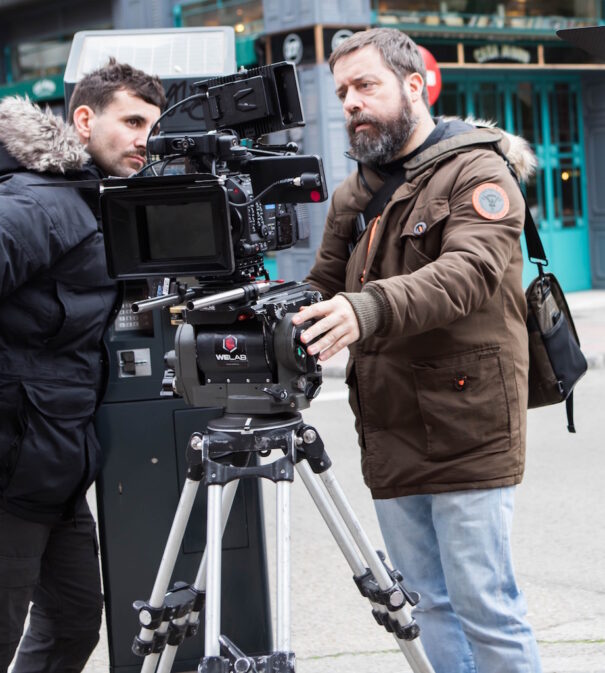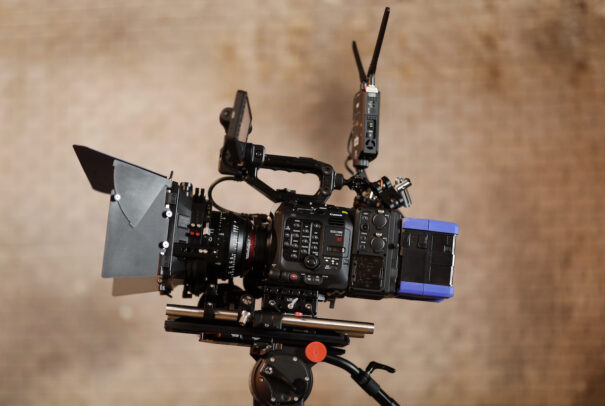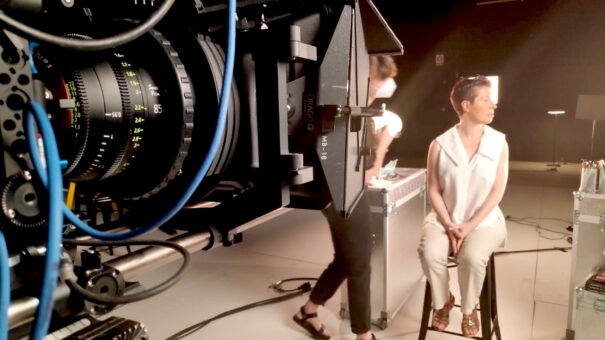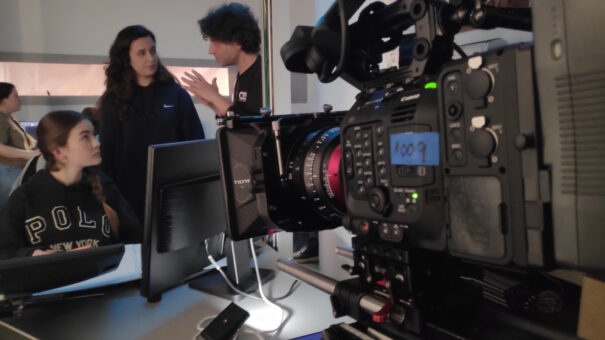Canon marca la diferencia con sus nuevas cámaras C500MkII y C300MkIII
En el año que ahora acaba Canon ha lanzado estos dos interesantes modelos con interesantes novedades en cuanto a sus características de captura y archivo que marcan diferencia respecto a otros modelos de su rango.
En el último año, la división cinema de Canon ha sacado al mercado un par de modelos de cámara, C500MkII y C300MkIII, con interesantes novedades en cuanto a sus características de captura y archivo que marcan diferencia respecto a otros modelos de su rango y que las convierten en opciones más que recomendables para todo tipo de producciones audiovisuales.
Ambas cámaras comparten en su diseño la misma ergonomía, disposición y uso de herramientas de ayuda e interfaz con las que nos tiene acostumbrados Canon. Además, cuentan con la opción de grabación interna RAW Light 10/12 bits que Canon ya incorporó en el modelo C200. Más allá de esto, cada uno de los modelos cuenta con características específicas como son tamaño de sensor de fotograma completo para C500MkII y o el nuevo sensor DLO que permite obtener un rango dinámico ampliado para C300MkIII que van a permitir, eligiendo una u otra, conseguir los mejores resultados de imagen para cada proyecto.
C500MKII, Full Frame
De un tiempo a esta parte, los fabricantes de cámaras de cine digital apuestan por contar en sus catálogos con modelos que tienen tamaños de sensor de Full Frame o fotograma completo (36x24mm). Este tamaño permite ser mucho más preciso con la profundidad de campo que con el clásico tamaño Super35.
Conviene recordar que para ángulos de visión equivalentes, las cámaras Full Frame han de utilizar lentes con distancias focales más altas. Como consecuencia de esto, la profundidad de campo se ve reducida pues como sabemos, ésta depende de la apertura del diafragma, de la distancia al objeto y de la distancia focal.
La nueva C500MkII incorpora un sensor Full Frame (38,1×20,1mm) que permite, utilizando la misma apertura y de manera natural, señalar al espectador aquello relevante en el plano desenfocando los fondos más fácilmente que con cámaras que trabajan con sensores de tamaño super35.
La cámara cuenta además con una resolución espacial máxima de 5,9K que permite, para masterizaciones en 4K o inferiores, tener margen para reescalados o estabilizaciones de imagen. Es de agradecer que Canon, para obtener una mayor resolución no haya sacrificado el tamaño de pixel (6,4micras) pues, desde mi punto de vista, la eficiencia en la captura de luz por parte del sensor, depende en parte del tamaño del pixel: cuanto mayor sea éste, más eficiente será y menos ruido presentará la imagen en condiciones de baja luminosidad.
Canon C300MkIII
Esta pasada primavera, Canon anunciaba que la nueva C300MkIII saldría con novedades. A primera vista, lo más llamativo es que el diseño exterior es igual a su hermana mayor C500MkII aunque lo realmente importante es el nuevo sensor que incorpora nueva tecnología llamada DGO (Dual Gain Output) que supone en la práctica una ampliación del rango dinámico de la cámara dotándola de 16stops.
La C300MkIII se sitúa así en el reducido número de cámaras de cine digital que llegan a ese número. Éste sistema cuenta con dos circuitos de ganancia paralelos en el sensor, uno dedicado a la parte alta de la señal y el otro a la parte baja consiguiendo así, no sólo ampliar el rango dinámico sino haciéndolo además de manera más eficiente.
RAW Light 12 bits
Ambas cámaras cuentan con la posibilidad de grabación interna en RAW Light 10/12 bits (.CRM) que es una verdadera revolución en las posibilidades de grabación para cámaras de su rango.
Trabajar en este archivo RAW, aun comprimido, supone contar con archivos RGB muestreados a 12 o 10 bits de profundidad de color sin submuetreo de color posterior que permiten un gran margen de intervención en el plano durante el proceso de etalonaje. A día de hoy, cualquier director o directora de fotografía está interesado trabajar con archivos que conserven el máximo potencial posible para poder, en la fase final del proyecto, hacer un trabajo mucho más preciso e interesante en el proceso final con el material rodado. Se trata aquí de poder llegar mucho más allá en la estética o el ‘look’ que se ha trabajado en set de rodaje.
Para aligerar el tamaño, el archivo utiliza una compresión que lo hace más razonable en términos de gestión del material (discos duros…). Dicha compresión consigue que sean entre una tercera y una quinta parte más pequeños que los archivos RAW Uncompressed que utiliza el modelo mayor de la gama cinema, la C700FF.
Ambas cámaras tienen, por supuesto la posibilidad de trabajar en archivos más ligeros y eficientes en relación a su peso como son los XF-AVC para adaptarse a producciones en las que la intervención en el plano no es tan determinante y sí que lo es la eficiencia en la gestión de grandes cantidades de archivos.
Flujo de trabajo
Actualmente, cualquier sistema de edición profesional es capaz de abrir los archivos RAW Light que generan, tanto la C500MkII como la C300MkIII, aunque es cierto que no es necesario.
Una buena solución para un flujo de trabajo eficiente sería: grabar en paralelo y a la vez en cámara un archivo principal en RAW y otro de menor calidad de imagen (los llamados proxi). Este archivo en baja permite que cualquier sistema de edición y casi cualquier ordenador, independientemente de sus capacidades, puedan editar el trabajo sin problemas.
Una vez cerrado el montaje, se exportaría un archivo .XML (o similar) que contiene toda la información de los cortes del timeline. El sistema de acabado de color abriría dicho archivo y se revincularían los archivos RAW Light para el etalonaje aprovechando todas las capacidades de intervención que dicho archivo contiene.
Did you like this article?
Subscribe to our NEWSLETTER and you won't miss anything.






